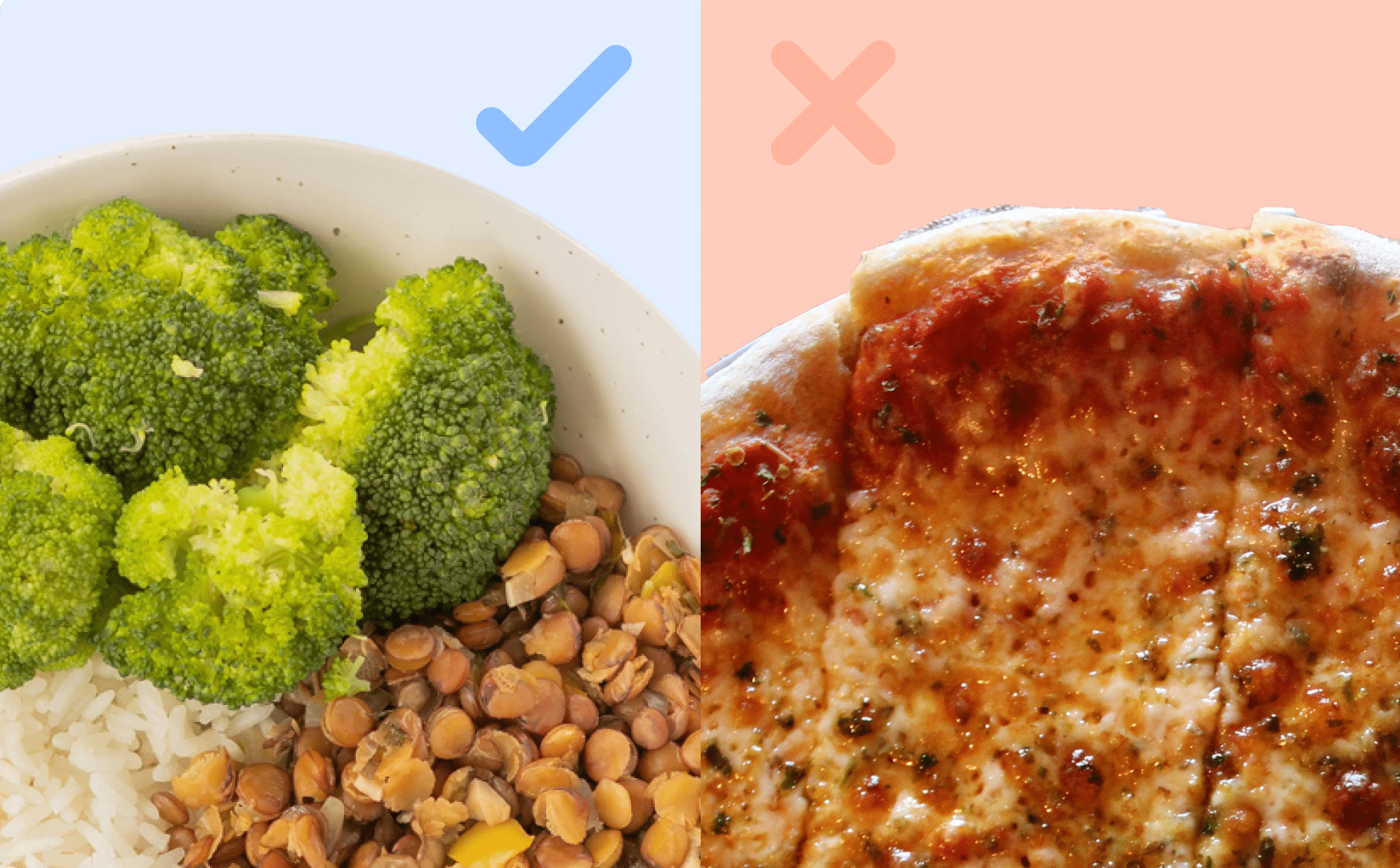
The modern diet, with its abundance of processed foods, refined sugars, and unhealthy fats, is a primary driver of chronic, low-grade inflammation in the body. This isn’t the kind of acute inflammation that causes a swollen ankle after an injury; it’s a silent, persistent state that can contribute to a wide range of health issues, including heart disease, diabetes, and certain autoimmune conditions. The good news is that just as certain foods can fuel inflammation, many others can actively combat it. Shifting your eating habits towards an anti-inflammatory diet is a powerful and proactive step you can take to support your long-term health and wellness. It’s about building a foundation of nutrient-dense foods that work with your body, not against it.
Shifting your eating habits towards an anti-inflammatory diet is a powerful and proactive step you can take.
One of the cornerstones of an anti-inflammatory diet is a group of compounds called polyphenols. These powerful antioxidants are found in a wide variety of plant-based foods and are responsible for many of their vibrant colors. They work by neutralizing harmful molecules known as free radicals, which can trigger inflammation and cellular damage. Foods rich in polyphenols include colorful fruits and vegetables like berries, cherries, dark leafy greens, and red onions. Regular consumption of these foods can help to reduce oxidative stress and create a more balanced internal environment, effectively calming the body’s inflammatory response before it gets out of hand.
These powerful antioxidants are found in a wide variety of plant-based foods and are responsible for many of their vibrant colors.
No discussion of anti-inflammatory foods is complete without mentioning the exceptional properties of fatty fish. Salmon, mackerel, sardines, and anchovies are all rich sources of omega-3 fatty acids, specifically EPA and DHA. These particular fats are not simply a source of energy; they are potent modulators of the immune system. Omega-3s work by helping the body produce molecules that actively resolve inflammation, counteracting the pro-inflammatory signals sent by omega-6 fatty acids, which are over-represented in the modern diet. This essential balance between omega-3 and omega-6 is crucial for preventing a chronic inflammatory state. Aiming for at least two servings of fatty fish per week is a key strategy for increasing your omega-3 intake.
Fatty fish… are all rich sources of omega-3 fatty acids, specifically EPA and DHA.
Beyond the ocean, certain spices and herbs contain compounds with remarkable anti-inflammatory effects. Turmeric, a golden spice widely used in Indian and Southeast Asian cuisine, contains a potent compound called curcumin. Curcumin has been shown in numerous studies to block the molecules that initiate inflammation. Its effects are so powerful that it has been studied as a potential treatment for inflammatory conditions. To maximize its absorption, it’s often recommended to consume turmeric with black pepper, which contains piperine. Ginger, with its pungent and slightly spicy flavor, is another root with a long history of use for its anti-inflammatory properties. These spices are not just flavor enhancers; they are medicinal components of a well-rounded diet.
Turmeric… contains a potent compound called curcumin.
The world of fruits and vegetables is a treasure trove of anti-inflammatory power. Cruciferous vegetables like broccoli, cauliflower, Brussels sprouts, and kale contain sulforaphane, a compound that has been shown to reduce inflammatory markers. Berries, especially blueberries and strawberries, are packed with anthocyanins, a type of flavonoid that gives them their deep color and provides powerful antioxidant and anti-inflammatory benefits. Even a simple, everyday food like garlic contains sulfur compounds that can help to inhibit inflammatory enzymes. The diversity of these foods means that you can easily incorporate a wide range of anti-inflammatory agents into your daily meals without much effort.
Cruciferous vegetables like broccoli, cauliflower, Brussels sprouts, and kale contain sulforaphane, a compound that has been shown to reduce inflammatory markers.
A key aspect of an anti-inflammatory diet is the focus on fiber and its relationship with the gut microbiome. The trillions of bacteria in our gut play a pivotal role in our overall health, including immune function and inflammation. Prebiotic fiber, found in foods like oats, bananas, garlic, and onions, feeds the beneficial bacteria in the gut. These bacteria, in turn, produce short-chain fatty acids that help to reduce inflammation throughout the body. A diet rich in fiber supports a healthy gut, which in turn helps to calm the immune system and reduce systemic inflammation.
The trillions of bacteria in our gut play a pivotal role in our overall health.
While the focus is often on what to add to the diet, it is equally important to consider what to reduce. Foods that are high in refined carbohydrates and sugars, such as white bread, pastries, and soda, can cause rapid spikes in blood sugar, which in turn triggers a pro-inflammatory response. Similarly, an excess of omega-6 fatty acids, commonly found in vegetable oils like corn and soybean oil, can skew the balance in favor of inflammation. Cutting back on these items and replacing them with whole, unprocessed foods is a crucial part of an anti-inflammatory lifestyle.
It is equally important to consider what to reduce.
The concept of a truly anti-inflammatory diet goes beyond individual superfoods and focuses on a pattern of eating. The Mediterranean diet, with its emphasis on fresh vegetables, fruits, whole grains, nuts, seeds, and healthy fats from olive oil and fish, is a classic example of an eating pattern that is inherently anti-inflammatory. It is not about strict rules or calorie counting but about making conscious choices to eat more real, unprocessed food and less of the things that can cause harm. This approach is sustainable and provides a wide range of nutrients that work together synergistically.
The Mediterranean diet… is a classic example of an eating pattern that is inherently anti-inflammatory.
Building a personalized anti-inflammatory diet is a journey of discovery. It’s about listening to your body and noticing how different foods make you feel. It’s also about finding a balance that works for you, so that your diet is not just healthy but also enjoyable and satisfying. The goal is progress, not perfection. Every small choice you make to incorporate more anti-inflammatory foods is a step towards a healthier, more resilient body.
It’s about listening to your body and noticing how different foods make you feel.
In the end, food is more than just sustenance. It is a powerful tool we can use to manage our health and influence the internal environment of our bodies. Choosing to eat foods that reduce inflammation is an investment in your future, a simple act of self-care that can have profound long-term benefits.
